How to Audit Your Business Strategy
How to Audit Your Business Strategy
In the hustle and bustle of running a business, it's easy to get caught up in the day-to-day.
You're putting out fires, chasing leads, and delivering products or services. But have you ever stopped to ask yourself: Is all this effort actually moving us towards our goals? Is our business strategy truly working?
You might be making progress, but are you heading in the right direction?
A regular business strategy audit is your compass check, ensuring you stay on course for success.
So, how do you conduct this vital audit?
Here's a step-by-step guide to help you test if your business strategy is truly working:
1. Revisit Your Core Strategy Document:
Dig out that business plan, strategy document, or whatever outlines your overarching goals, target market, value proposition, and competitive advantage.
Is it still relevant? The market landscape changes rapidly. Have there been significant shifts in your industry, customer behaviour, or technology that render parts of your strategy outdated?
Are the goals still aligned with your vision? As your business evolves, your long-term vision might also shift. Ensure your current strategic goals still contribute to that broader vision.
Is it clearly articulated and understood? Can you and your team easily explain the core tenets of your strategy? Ambiguity can lead to misaligned efforts.
2. Analyse Your Key Performance Indicators (KPIs):
Your KPIs are the vital signs of your business. They provide quantifiable data on your progress towards your strategic objectives.
Are you tracking the right KPIs? Ensure your KPIs directly reflect your strategic goals. For example, if your strategy focuses on customer acquisition, track metrics like customer acquisition cost (CAC) and new customer growth. If it's about customer loyalty, monitor churn rate and customer lifetime value (CLTV).
Are you meeting your targets? Compare your actual performance against the targets you set for your KPIs. Significant deviations warrant investigation.
Are your KPIs telling the whole story? Sometimes, focusing solely on numbers can be misleading. Consider qualitative data and anecdotal evidence to provide a more holistic picture.
3. Evaluate Your Target Market and Customer Understanding:
Your strategy is built upon understanding your ideal customer.
Is your target market still the right one? Have their needs, preferences, or demographics changed? Are you still effectively reaching them?
Are you truly understanding your customers? Gather feedback through surveys, interviews, and social listening. Are your products/services meeting their needs and expectations?
Is your value proposition resonating? Are customers recognizing and appreciating the unique benefits you offer compared to your competitors?
4. Assess Your Competitive Landscape:
Your strategy needs to account for your competitors.
Who are your key competitors now? Have new players emerged or have existing ones shifted their strategies?
What are their strengths and weaknesses? Understanding your competitors' moves can help you identify opportunities and threats.
Are you maintaining a competitive advantage? Is your unique selling proposition still strong and defensible?
5. Review Your Operational Efficiency and Resource Allocation:
A brilliant strategy can fail if your operations aren't efficient or your resources are misallocated.
Are your processes streamlined and effective? Identify bottlenecks and areas for improvement in your operations.
Are your resources (financial, human, tech) being used optimally? Are you investing in the right areas to support your strategic goals?
Is your team aligned with the strategy? Do they understand their roles in achieving the strategic objectives? Are they equipped with the necessary skills and tools?
6. Gather Feedback from Your Team:
Your employees are on the front lines and often have valuable insights into what's working and what's not.
Conduct internal surveys or workshops. Ask for their perspectives on the strategy, its implementation, and its impact.
Encourage open communication. Create a culture where employees feel comfortable sharing their observations and suggestions.
7. Be Honest and Objective:
This is perhaps the most crucial step. Avoid the temptation to justify past decisions or ignore uncomfortable truths.
Be data-driven. Rely on facts and figures rather than gut feelings.
Be open to change. If the audit reveals that your strategy isn't working, be willing to adapt and pivot.
Turning Audit into Action:
A strategy audit isn't just an exercise in analysis; it's a catalyst for improvement. Once you've gathered your findings:
Identify areas for improvement. Pinpoint the gaps between your current performance and your strategic goals.
Develop an action plan. Outline specific steps you will take to address the identified issues.
Communicate the findings and the action plan to your team. Ensure everyone is on board and understands the necessary changes.
Schedule regular follow-up audits. Make strategy auditing a continuous process to ensure your business stays on the path to success.
By regularly auditing your business strategy, you're not admitting failure; you're demonstrating a commitment to continuous improvement and ensuring your ship is always sailing towards its true north. Don't let your strategy become a dusty document that you forget about– make it a living, breathing guide that you regularly check and adjust to navigate the ever-evolving waters of the business world.
